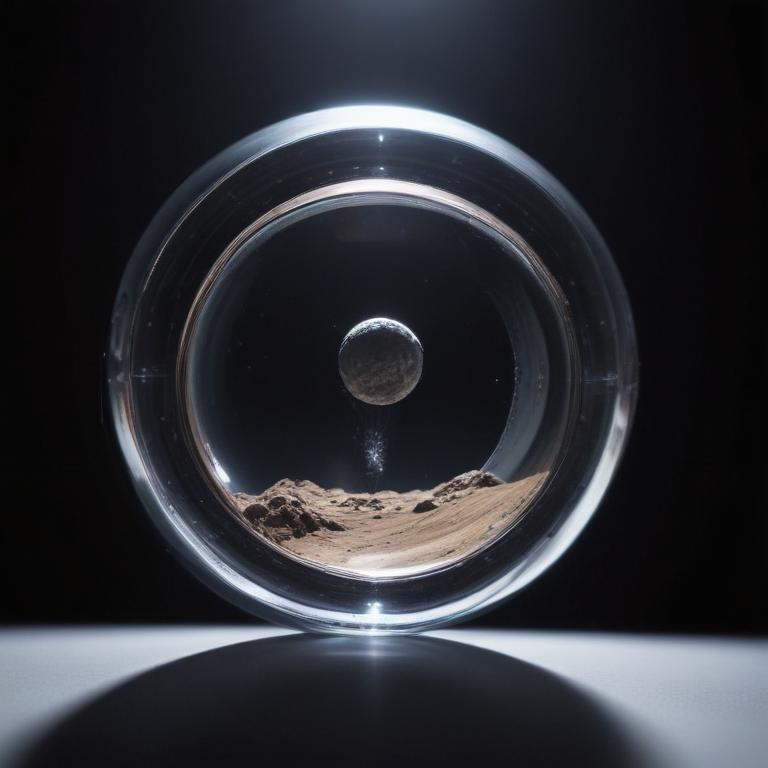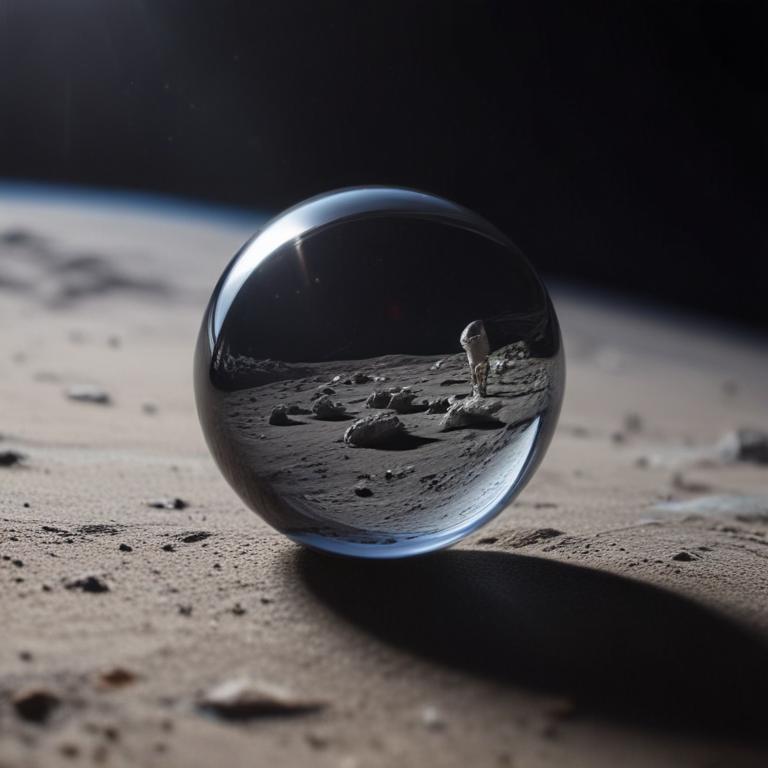发音 (Pronunciation):
IPA: /speɪs/
中文近似: 思佩斯
中文意思与词性 (Meanings & Part of Speech):
- 空间,太空 (n.)
- 空地,间隔 (v.)
例句 (Examples):
1. There is not enough space in this room.
(这个房间没有足够的空间。)
2. The words are evenly spaced on the page.
(这些单词在页面上的间距很均匀。)
用法提示 (Usage Tip):
“space” 在作名词时常指三维空间或抽象的可用空间,作动词时表示“分隔、留空”。请注意不要将“space”与 “place” 混淆,“place” 更多强调具体位置。
更多关于 "space" (More about "space")
单词来源 (Etymology)
“space” 来自拉丁语“spatium”,意思是“距离、间隔”,经古法语传入英语,后扩展为指宇宙、外太空等。
词根词缀解析 (Root & Affix Analysis)
“space” 是基础词,源自拉丁词根“spat-”表示“扩展、距离”。
“space”的字母与词根个性化解读
字母象形/引申义 (个性化参考)
- 字母 's' 的象形或引申含义可能包括: 水波纹/走路痕迹 (S象形); 吐气轻细咝 -> 说话 (拟声); 音变: S=C=Z=TH=X。
- 字母 'p' 的象形或引申含义可能包括: 手/脚 (P=F); 手掌 -> 平; 棒子 (P=B); 音变: P=B=M=F=V。
- 字母 'a' 的象形或引申含义可能包括: 牛角 (象形: 牛头, 力量, 能力); 下面宽上面尖 (形状) -> 延伸, 远处, 高处, 方向, 指示。
- 字母 'c' 的象形或引申含义可能包括: 骆驼头 (象形) -> 运输 (car); 抓 (手型); 砍 (弯刀); 包围 (形状); 合并; 叫喊 (嘴型); 走/动; 音变: C=G=K=S。
- 字母 'e' 的象形或引申含义可能包括: 眼睛 (窗户符号引申); 向外 (ex-变体); 元音互换: A=E=I=O=U=W=Y。
学习提示:以上针对单词 space 的字母和词根解读,主要基于提供的特定象形及词根资料。这些提示旨在启发联想,而非绝对定论。更通用的记忆规则和原则请参考首页。英语词源复杂多变,实际应用中请结合更全面的词源词典和语言学知识进行深入学习。
常用词组 (Common Phrases)
- outer space: 外太空
- make space: 腾出空间
- personal space: 私人空间
- space out: 发呆,走神
其他语言 (Other Languages)
- 德语: Raum
- 法语: espace
字母整体创意联想
“space” 由 S 开头,像一条蜿蜒的宇宙轨道,P像一根火箭,A像一座太空三角架,C像月亮,E像太空站的横梁联结;组合起来就像太空中的景象。
逐字母创意解读
中文谐音助记
“space” 谐音“死陪死”,可以联想在太空(space)环境下必须彼此陪伴,否则容易出危险。
相关电影/名言
"In space, no one can hear you scream."
(在太空中,没有人能听到你的尖叫。)
- 《异形》(1979)
趣味知识/故事
有趣的是,人类对于“太空”的概念古已有之,但直到20世纪人类才能真正进入太空。1961年,尤里·加加林成为第一个进入太空的人,他说过:“地球是蓝色的。”同时,在打字时,我们也常常要按下键盘上最长的“空格(space)键”,它的名字也与“space”密不可分。
拓展信息
“space” 在科学领域有“宇宙空间”之意,在日常用语则更多指任何可用空间。做动词时常用于“分隔、留空”。
英语中另有“spacing”表示“间隔的动作或结果”。
常见误区:不要用“space”表示“地方”时误替 place,例如“find a space to live”不等于“find a place to live”。
网络参考 (More about "space" from the Web)
Space.com: NASA, Space Exploration and Astronomy News
Get the latest space exploration, innovation and astronomy news. Space.com celebrates humanity's ongoing expansion across the final frontier.
Space - Wikipedia
Space is a three-dimensional continuum containing positions and directions. [1] In classical physics, physical space is often conceived in three linear dimensions. Modern physicists usually consider it, with time, to be part of a boundless four-dimensional continuum known as spacetime. [2]
NASA
For more than 50 years, NASA satellites have provided data on Earth's land, water, air, temperature, and climate. NASA's Earth Information Center allows visitors to see how our planet is changing in six key areas: sea level rise and coastal impacts, health and air quality, wildfires, greenhouse gases, sustainable energy, and agriculture.

